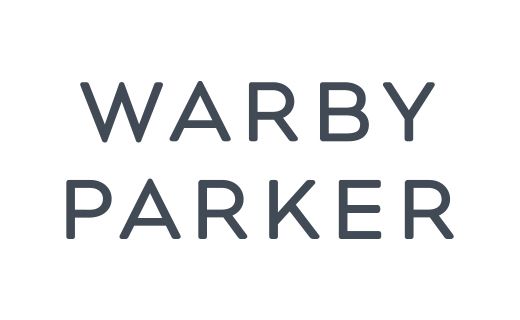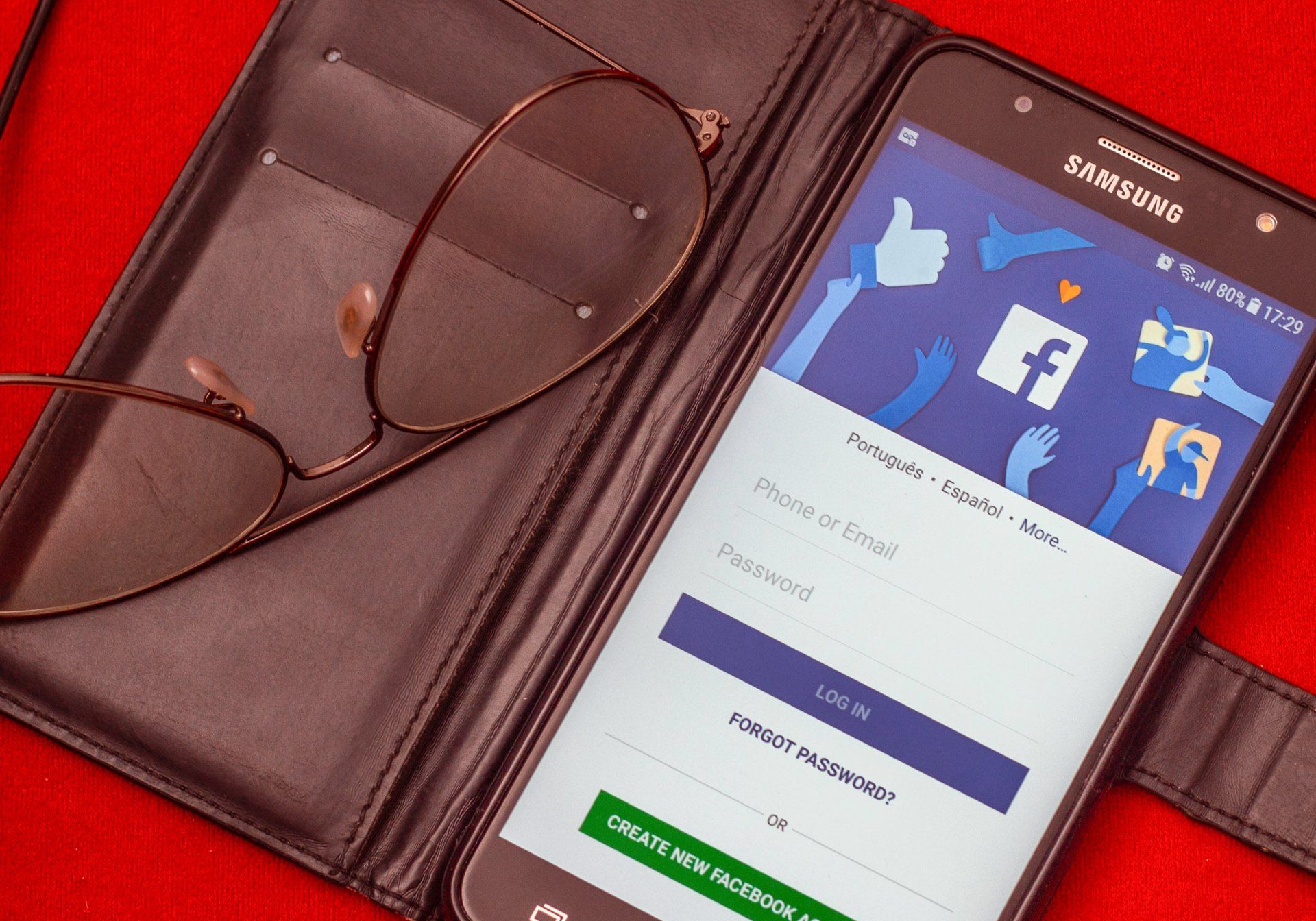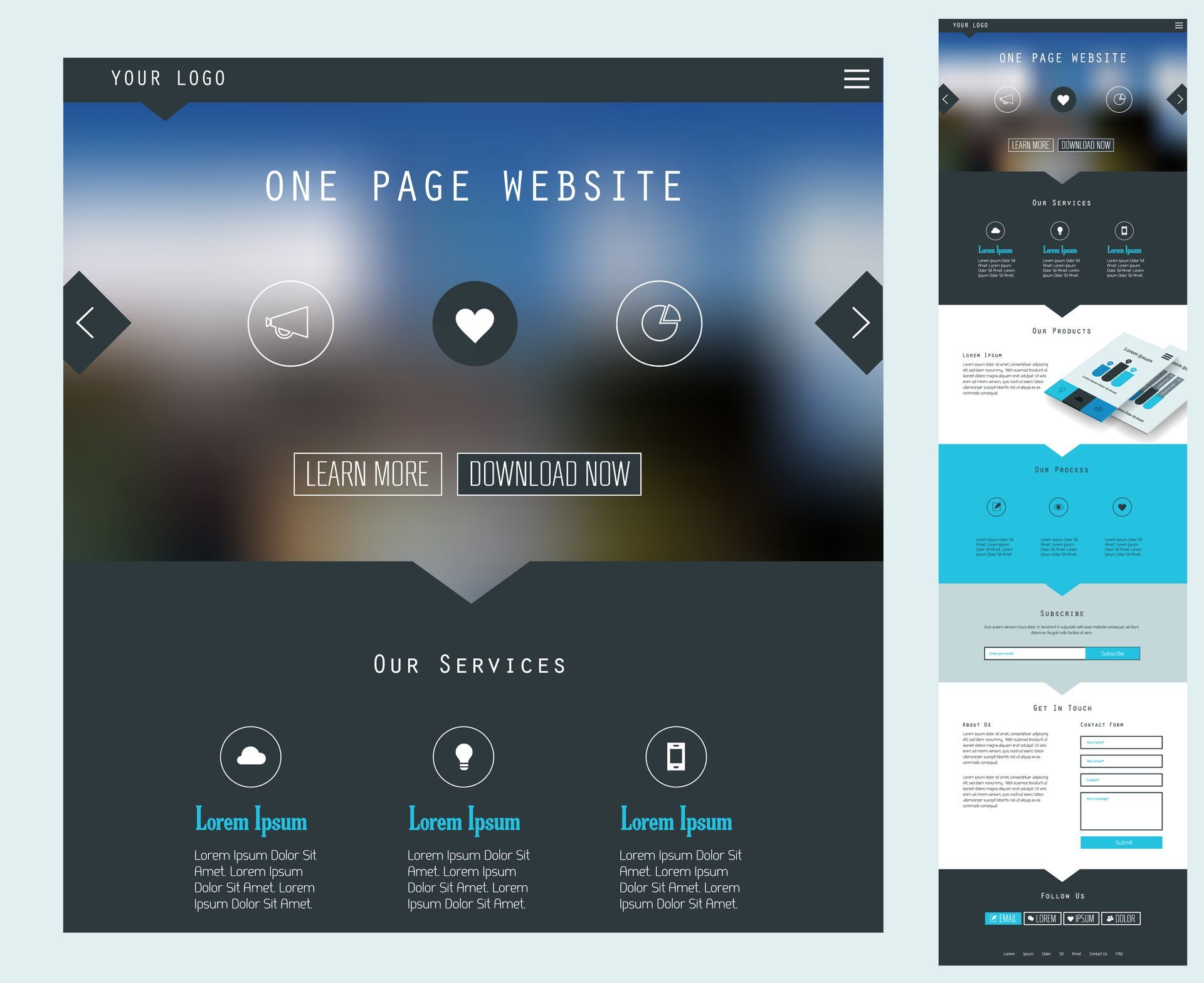The Power of Branding: Why Your Business Name Isn't Everything
Introduction

Starting a new business is an exhilarating journey filled with countless decisions. One of the first and most important decisions you'll make is choosing a name for your venture. While the name is crucial, it's essential to remember that branding plays a more significant role in defining your business identity. This blog post will discuss the importance of branding and how it transcends the name in giving meaning to your business.
Understanding the relationship between a business name and branding

A business name serves as the first point of contact between your company and potential customers. It's what they'll see on your website, storefront, or social media profiles. A good name can create a memorable first impression and aid recall. However, branding is what truly gives life to the name and helps create a connection with customers.
Branding encompasses all aspects of a company's identity, including visual elements, tone of voice, values, and the overall customer experience. It is the soul of your business, and when executed well, branding can make even the simplest name iconic.
The importance of a strong brand

A strong brand can be a game-changer for businesses of all sizes. Consistency across all touchpoints, from your website to your packaging, helps customers recognize your brand and builds trust. Here are some reasons why branding is crucial for your business:
- Emotional connection and brand loyalty: A powerful brand can elicit emotions and create lasting relationships with customers. When customers feel a strong connection with your brand, they are more likely to become loyal and spread the word about your business.
- Impact on overall perception: Effective branding can elevate your business, making it appear more professional, trustworthy, and valuable. It can also help differentiate you from competitors and position you as an industry leader.
Tips for creating a meaningful business name

Creating a name for your business is a delicate balance between simplicity and creativity. Here are some tips to guide you in this process:
- Research your industry and target audience: Understand the preferences, values, and needs of your potential customers. Analyze competitors and identify naming trends or patterns to avoid blending in.
- Ensure the name is unique and memorable: Your business name should stand out, be easy to spell, and pronounce. It's also essential to avoid potential legal issues by checking for existing trademarks.
- Balance simplicity and creativity: A simple name can be easy to remember, but a creative one can spark curiosity. Aim for a name that is both easy to recall and intriguing.
Building a powerful brand around your business name

With a name in place, it's time to create a brand that resonates with your target audience:
- Establish a clear brand message and mission: Define your unique selling proposition (USP) and communicate it consistently. Your mission should guide your business decisions and inform your branding strategy.
- Design a visual identity: Create a logo, color palette, and typography that reflect your brand personality and appeal to your target audience. These elements should be cohesive and used consistently across all marketing materials.
- Create a brand story: Develop a narrative that connects with your customers on an emotional level. Share the inspiration behind your business, its values, and the problems it aims to solve.
You can learn more from our other posts:


Case studies: Successful businesses with strong branding


Apple
With its simple name and minimalistic design, Apple has created a brand that represents innovation, quality, and user-friendliness. Its branding has fostered a loyal customer base and positioned the company as a leader in the technology industry.
Warby Parker
This eyewear company has a creative name inspired by two characters from classic literature. Their branding focuses on affordability, social responsibility, and a seamless customer experience. By offering stylish glasses at a fraction of the cost of traditional brands and giving back to communities in need, Warby Parker has built a loyal following and disrupted the eyewear industry.


Initially an obscure name derived from the mathematical term "googol," Google's branding has transformed it into a household name. With its user-friendly interface, playful logo, and commitment to innovation, Google has become synonymous with online search and expanded into numerous other technology sectors.
Conclusion

A well-thought-out business name is essential for attracting customers and creating a memorable first impression. However, it's the branding that truly gives meaning to the name and sets the stage for long-term success. By focusing on building a strong brand, small and medium business owners can create a lasting emotional connection with their customers and stand out in a competitive market.
In summary, while the business name is vital, it's the branding that adds depth and value to it. As a small or medium business owner, invest time and effort into developing a cohesive brand that speaks to your target audience and reflects your company's values. By doing so, you'll not only create a name that resonates with customers but also lay the foundation for a successful and sustainable business.
Remember to optimize the post for SEO, using keywords that will attract readers looking for help with naming their business. This will ensure that your informative and well-crafted blog post reaches the right audience, providing them with valuable insights on the importance of branding in the process of naming their business.
Join our newsletter
Get news and updates as they happen!
Tridah | Newsletter
Thank you for joining our Newsletter!
Oops, there was an error.
Please try again later








